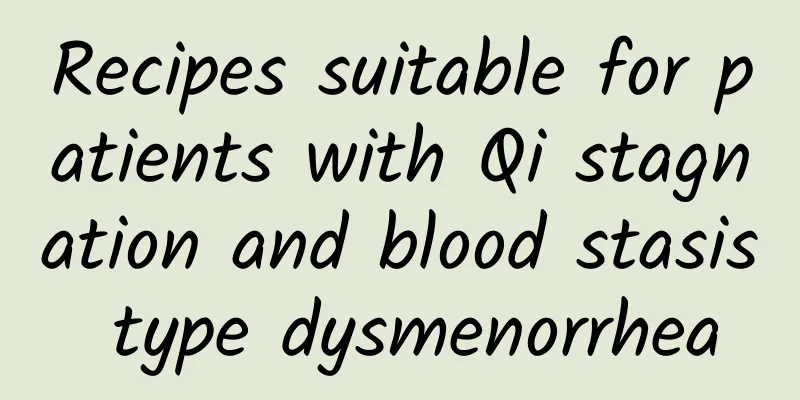What to do if endometrial thickness occurs

|
What should I do if I have thick endometrium? Thick endometrium is also called endometrial hyperplasia or endometrial thickening. It is common in women over 30 years old and has a certain tendency to become cancerous. Therefore, it is classified as a precancerous lesion. However, most endometrial thickening maintains a persistent benign state. Only a few cases may develop into cancer after a long time interval. So, what should I do if I have thick endometrium? For the treatment of atypical endometrial hyperplasia, the first step is to make a clear diagnosis and find out the cause. If it is accompanied by polycystic ovary, functional ovarian tumors, or other endocrine disorders, targeted treatment should be given. At the same time, symptomatic treatment should be started immediately for those diagnosed with atypical endometrial hyperplasia, using drug therapy or surgical treatment. The choice of treatment should be determined based on the patient's age, fertility requirements, and physical health. Those under 40 years old have a low tendency to cancer and can first consider drug treatment. Young people who hope to have children should try drug treatment first, because about 30% of patients can still conceive and give birth to a full-term baby after drug treatment. For women before and after menopause, the potential for cancer is higher than that of young people, so hysterectomy is often performed directly. The principles of drug treatment are standardized medication, long-term examination, regular testing, and timely assisted pregnancy. Curettage and aspiration is not only an important diagnostic method, but also one of the treatment methods. Because local lesions can also be removed through curettage. Patients with atypical endometrial hyperplasia who are over 40 years old and have no fertility requirements can undergo hysterectomy once diagnosed. However, for patients with high blood pressure, diabetes, obesity or advanced age who have poor tolerance to surgery, drug treatment may be considered first under close follow-up monitoring. For young patients who have not responded to drug treatment, have persistent or worsening endometrial hyperplasia or suspected cancer, or have vaginal bleeding that cannot be controlled by curettage and drug treatment or relapses after delivery, surgical removal of the uterus may be considered. |
<<: What are the harmful manifestations of Nabothian cyst?
>>: What are the characteristics of uterine prolapse?
Recommend
Vaginal candidiasis can cause female infertility
A-li and A-huang have been married for 3 years an...
Can I eat tomatoes after a miscarriage?
Abortion is the most common thing for women. Some...
What is the cause of black spots during menstruation?
What happens if there are black spots during mens...
What are the causes of uterine fibroids? Are depressed women more likely to suffer from uterine fibroids?
Experts say that the causes of uterine fibroids a...
Nursing record of hyperprolactinemia
How to care for and treat hyperprolactinemia? Hig...
What should I eat after uterine fibroid surgery?
Patients with uterine fibroids must pay attention...
Do you know the symptoms of cervical hypertrophy?
What symptoms do you know about cervical hypertro...
Should uterine fibroids be removed directly? How big should uterine fibroids be before they need to be removed?
Although uterine fibroids are no longer a new ter...
Cost of artificial abortion
Nowadays, more and more female friends are gettin...
What are the symptoms of pelvic peritonitis?
Among the many gynecological diseases, the high i...
Is pelvic peritonitis contagious?
Whether the disease is contagious is a concern fo...
Things to note after surgery for ectopic pregnancy
Many women think that everything will be fine aft...
How to maintain the uterus after miscarriage? Do these 4 things
Although there are many contraceptive methods tha...
Cost of early treatment of hyperprolactinemia
Hyperprolactinemia is not as terrible as many wom...
Menstrual health exercises can effectively relieve dysmenorrhea
In addition to conventional clinical treatments, ...









